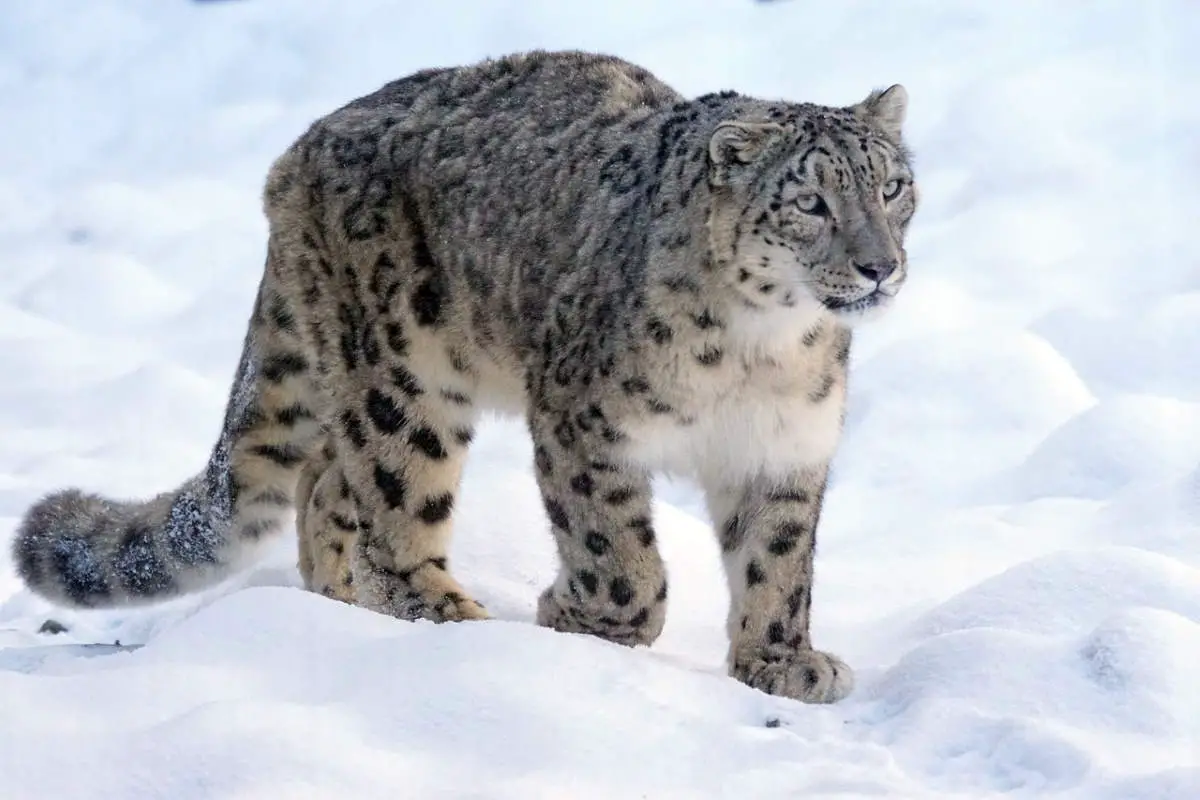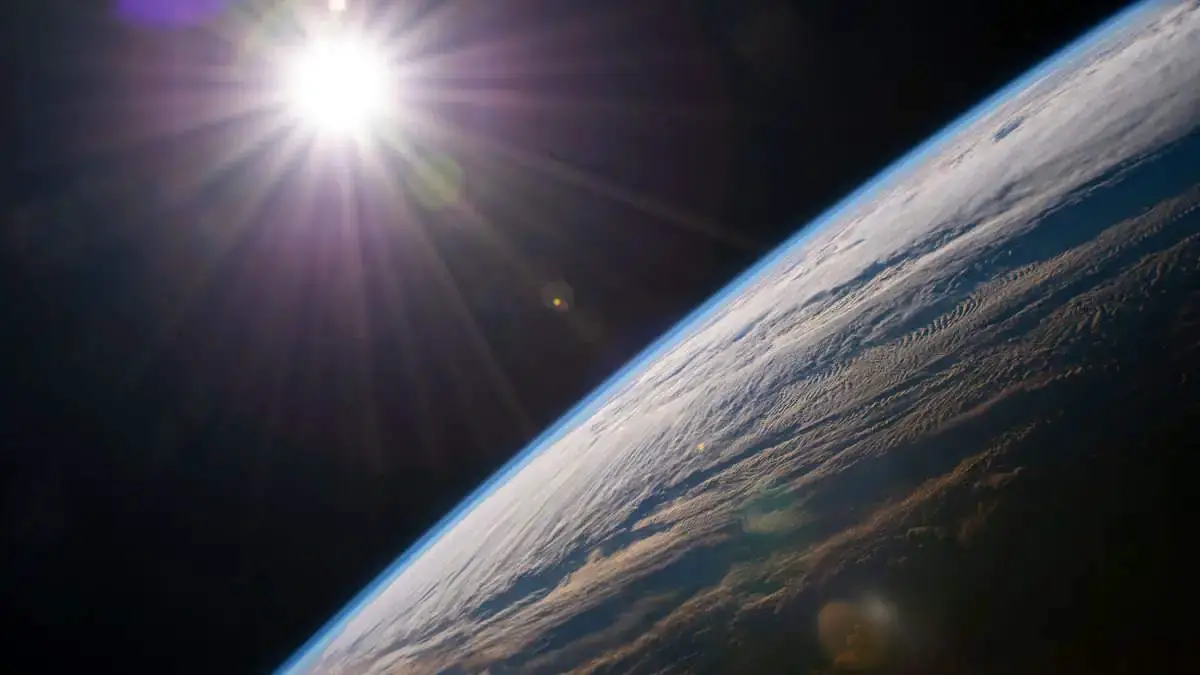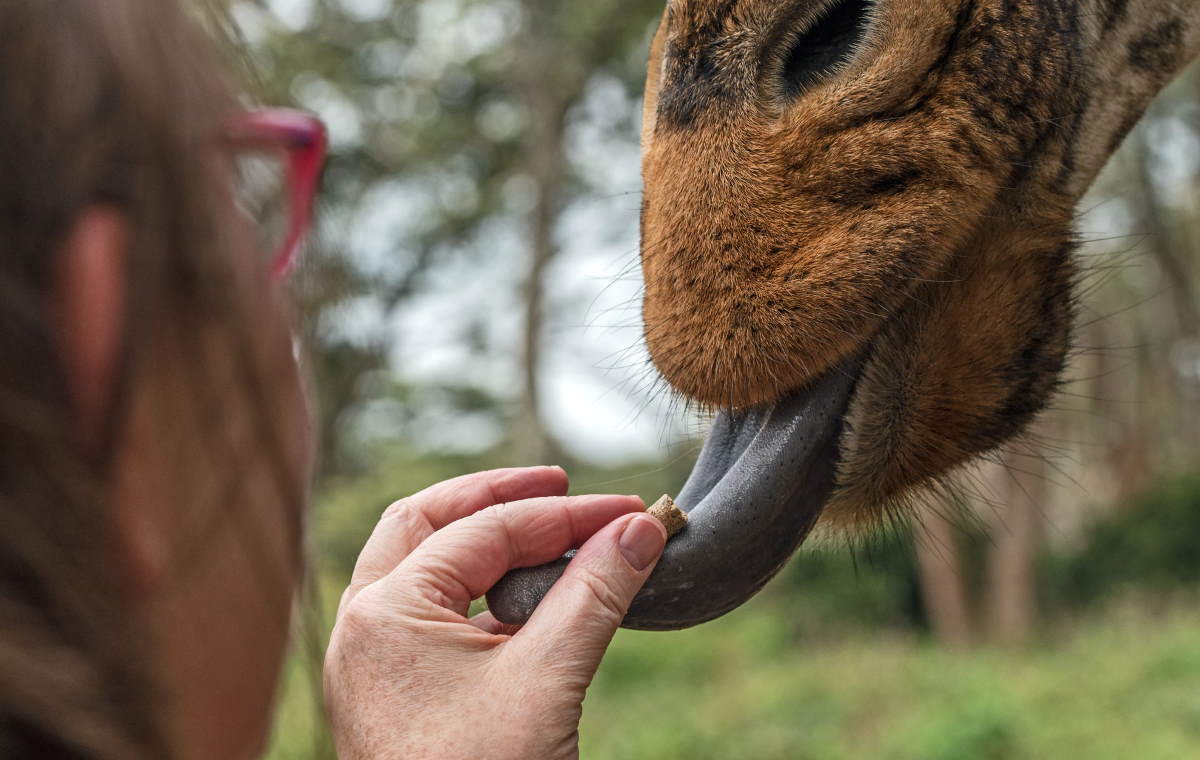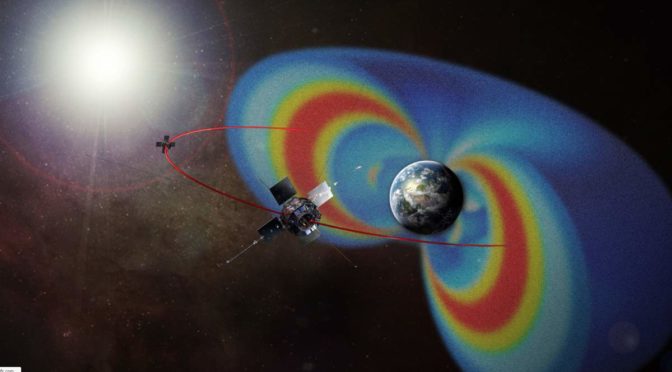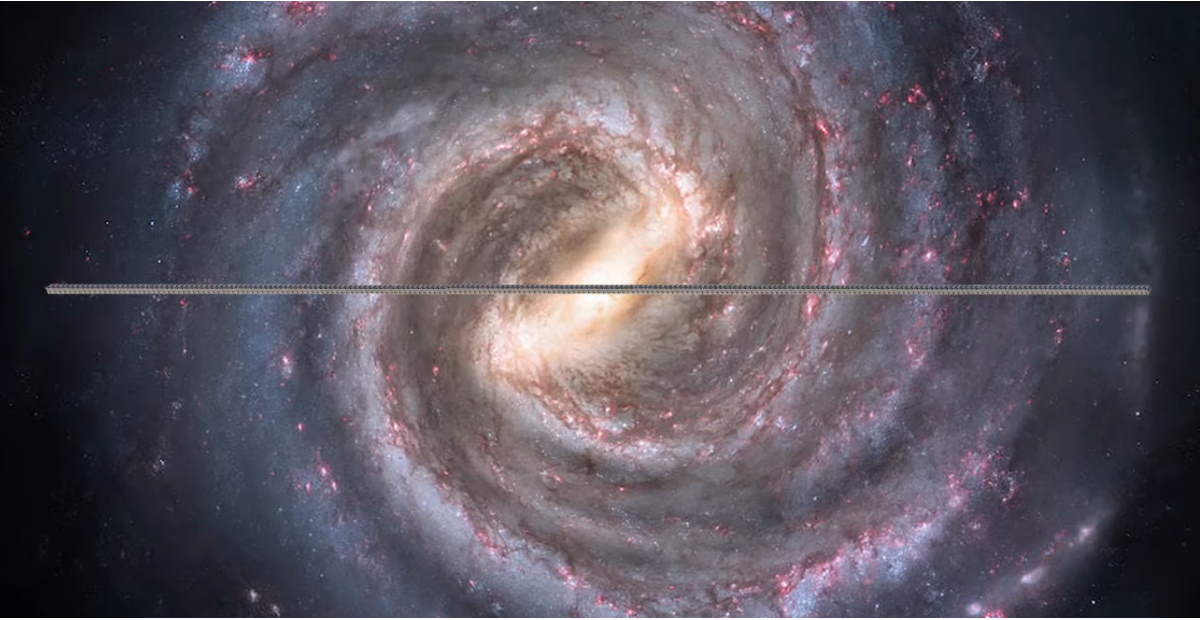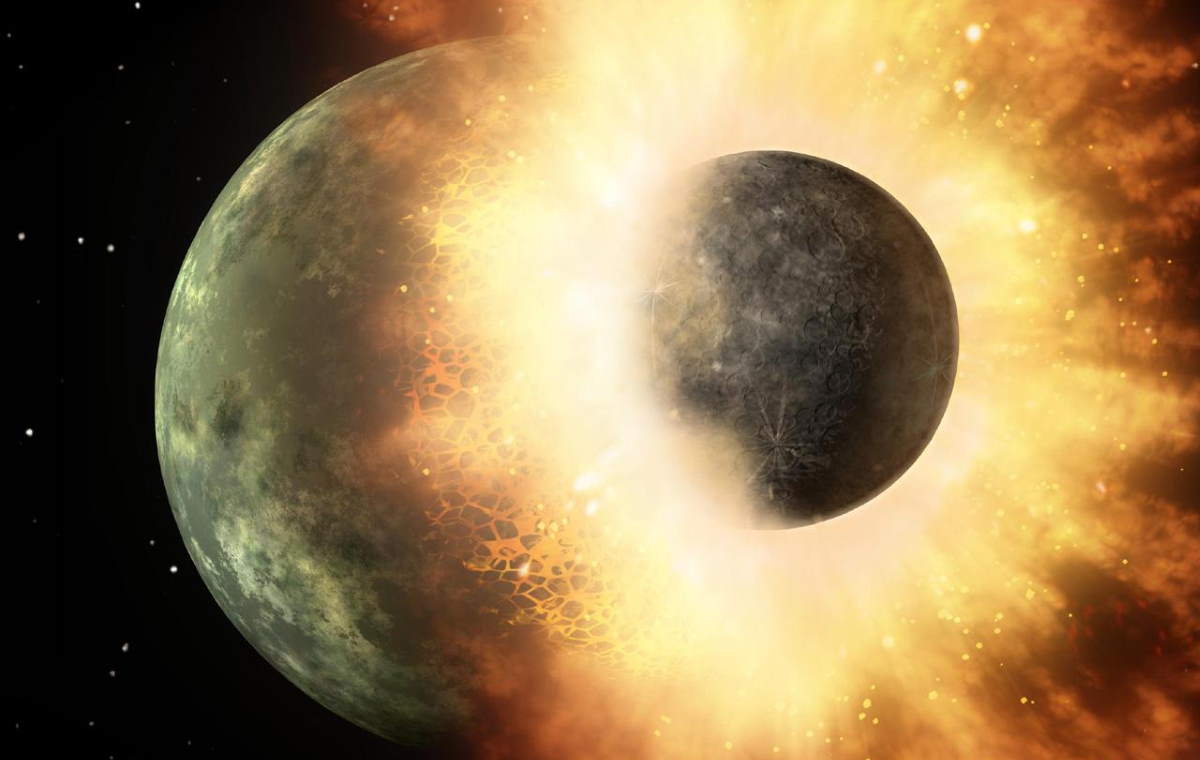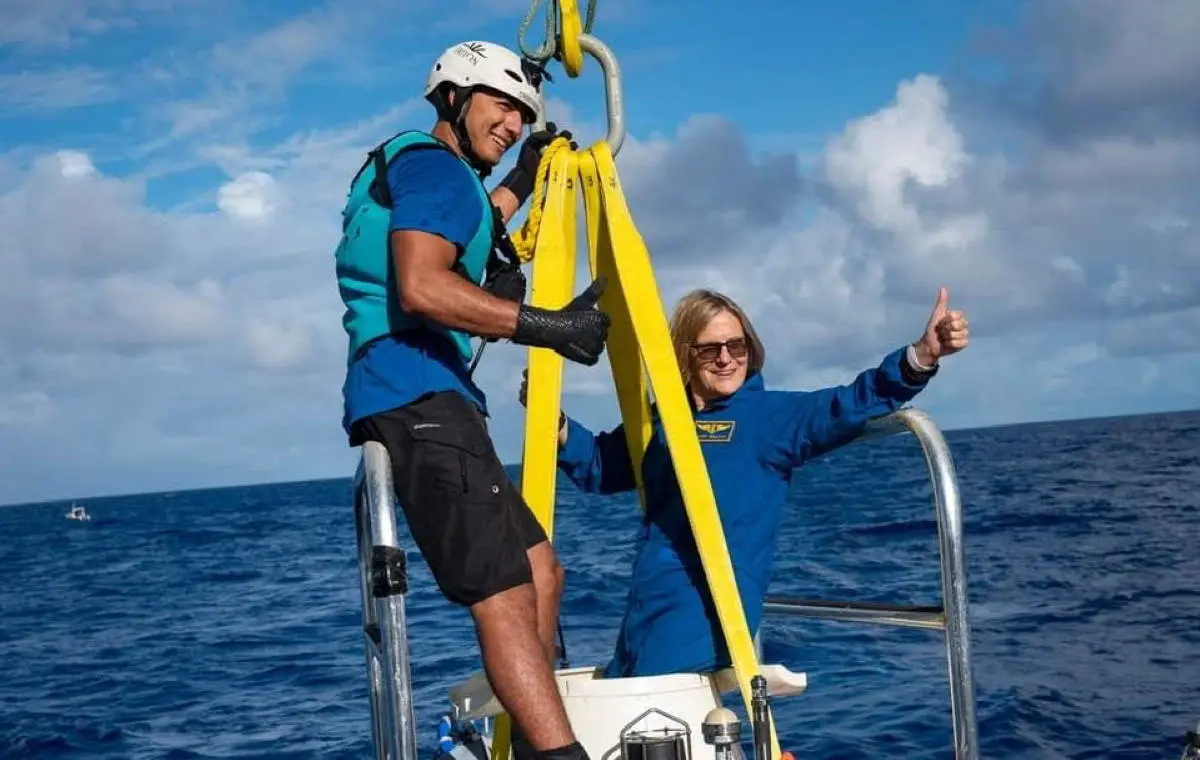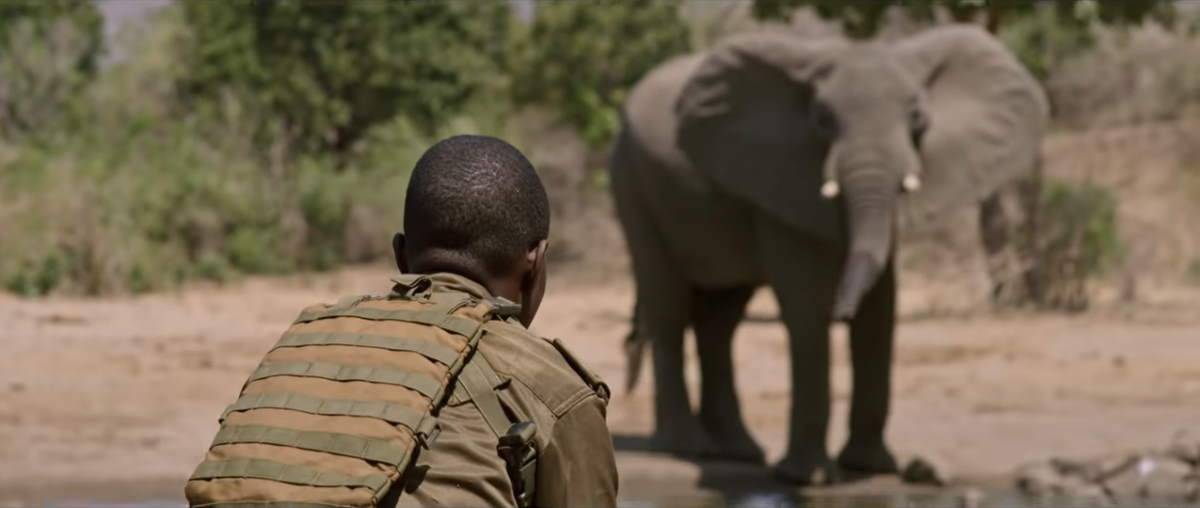Species are going extinct at an unprecedented rate. Wildlife populations have fallen by more than two-thirds over the last 50 years, according to a new report from the World Wildlife Fund. The sharpest declines have occurred throughout the world’s rivers and lakes, where freshwater wildlife has plummeted by 84% since 1970 – about 4% per year.
Michael Obersteiner, University of Oxford; David Leclère, International Institute for Applied Systems Analysis (IIASA), and Piero Visconti, International Institute for Applied Systems Analysis (IIASA)
